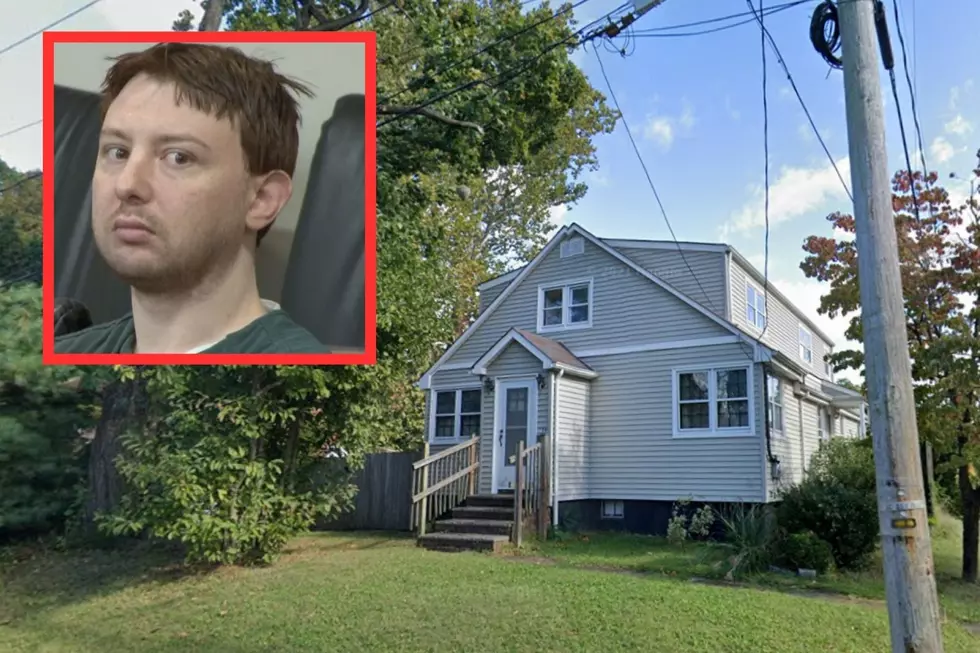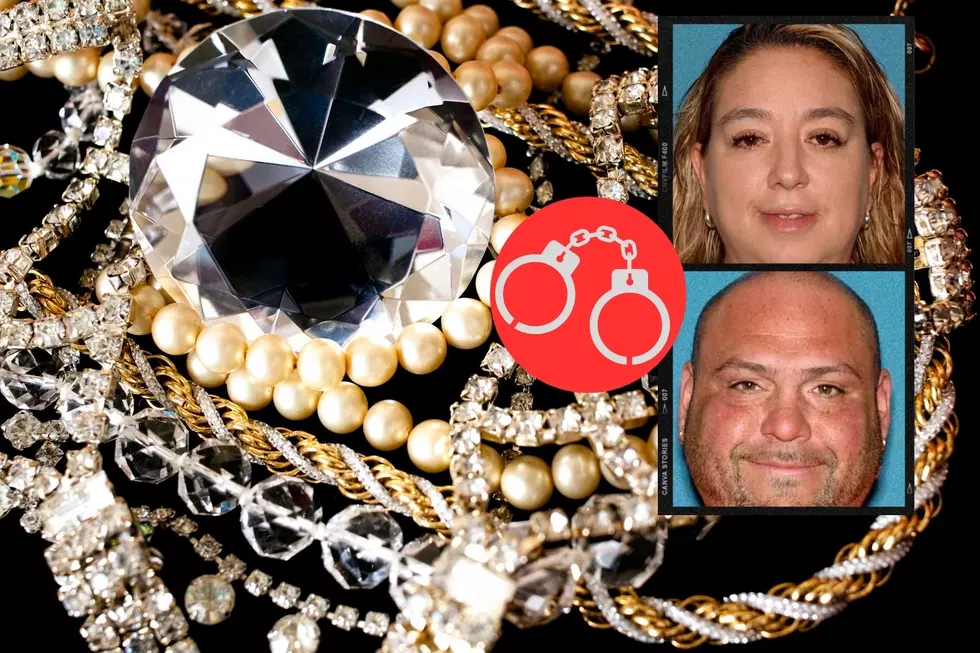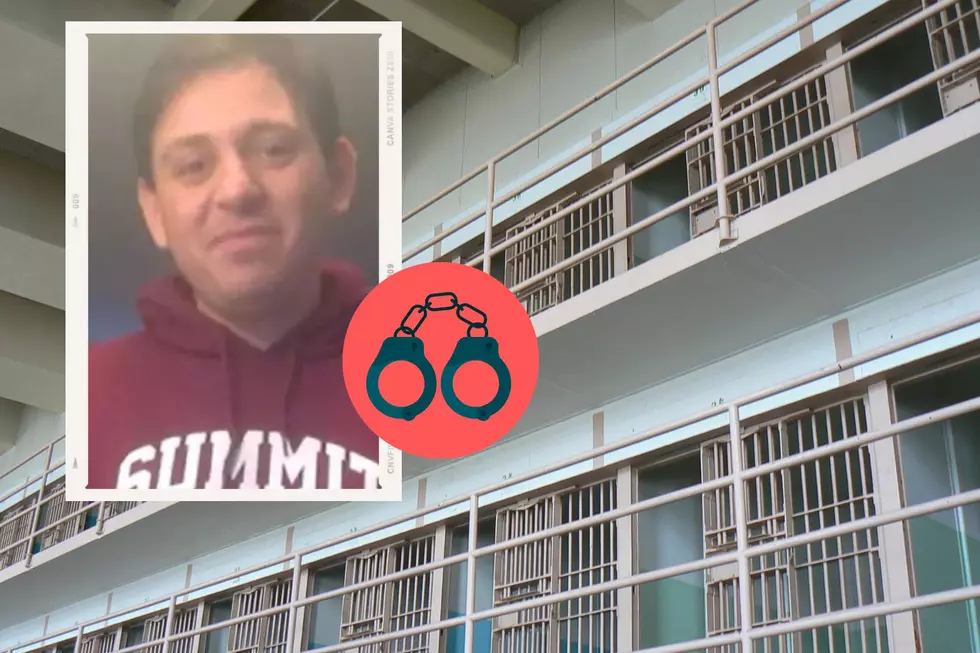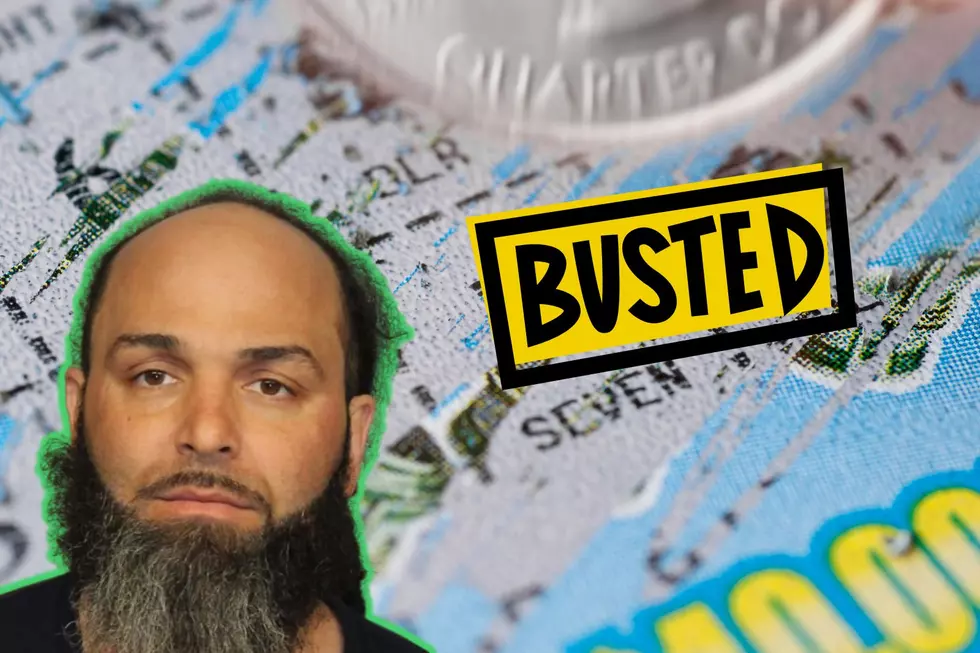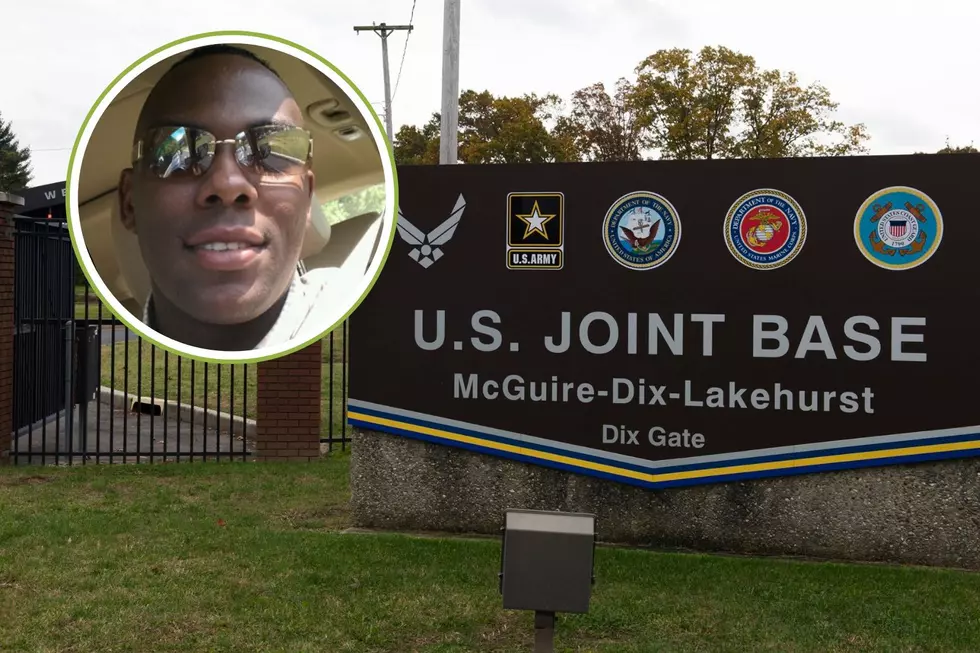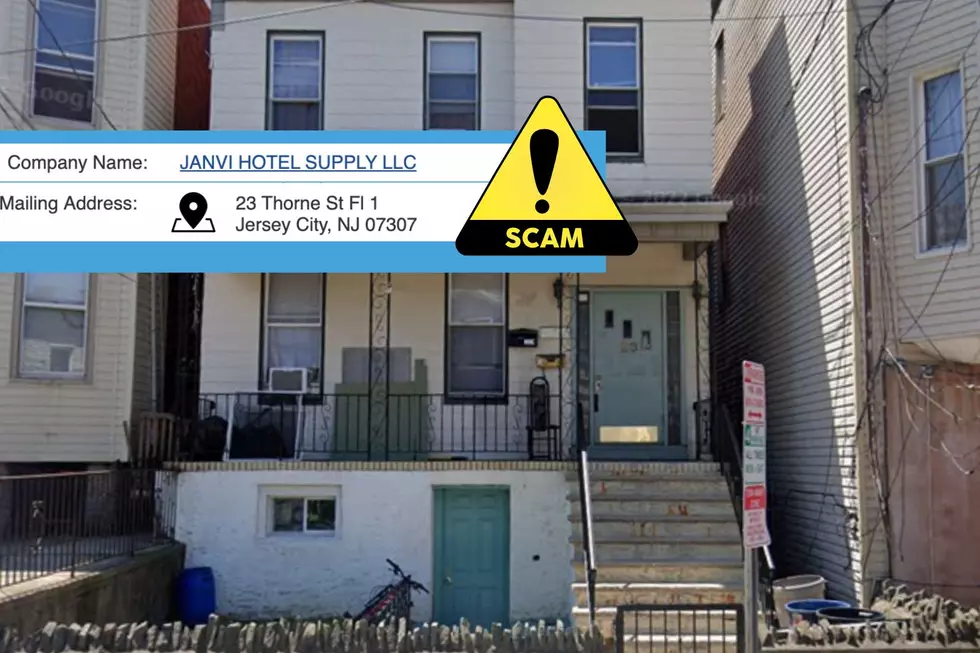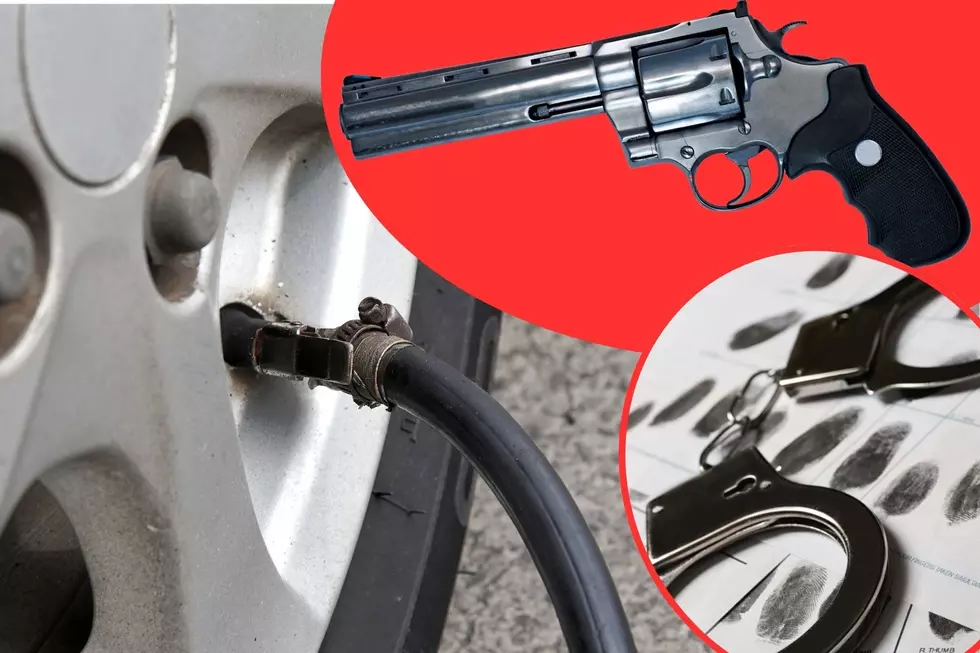![Easy Access to Dangerous Drugs Even in Suburban NJ [AUDIO]](http://townsquare.media/site/385/files/2012/06/heroin.jpg?w=980&q=75)
Easy Access to Dangerous Drugs Even in Suburban NJ [AUDIO]
The State Commission of Investigation (SCI) just wrapped up a more than year-long probe into prescription drug and heroin abuse in New Jersey.
One key finding echoes what we've been hearing for some time; there is easy access to drugs not just in our cities, but also in suburban and rural parts of the state.
"The abuse of prescription painkillers and the related path to heroin is having devastating effects on the citizens of this state," says SCI chairman Pat Hobbs. "The incidents of prescription drug-related heroin overdoses are becoming all too common in New Jersey and no community (and) no family is immune to its tragic consequences."
In its latest report titled, "Scenes from an Epidemic," the SCI tells the story of 'Jake S.' who looked like a normal suburban high school student, hanging out with friends and popular in social circles that extended well beyond his 10th-grade class, but there was a special reason for his wide popularity, and it had nothing to do with good looks, athletic prowess, academic skill or just being cool. At the age of 16, Jake was the biggest narcotics distributor in his neighborhood, and most of his customers were his schoolmates.
- Previous: Mobbed-Up Doctors Fueling NJ Drug Abuse
"I have kids in high school and in college and (I ask) 'Do you see this is out there?' They almost laugh at you. They say, 'Of course, if you want it you can get it,'" says Hobbs. "It's almost the rare medical cabinet today that you can open up that doesn't contain something that is dangerous and that somebody has forgotten that's sitting in there [...] They're sort of a free market among youth today. They're more used to taking things and there's less fear of that."
The SCI report also tells the story of 'Mary P,' who knows all about the descent into thievery, and into heroin. Like Jake S., Mary P. was a suburban New Jersey high school student when she hit the depth of her addiction. She started with prescription pills when she "was maybe 10 or 11."
Over time, when people she knew were no longer so accommodating or generous with their pill stash, she wound up scrounging money to support a habit that eventually took her into class high just about every day of the school year once she reached 10th grade. By her own description, she would be "nodding out" and looking "ghostly and pale" but no adult ever approached her about it. The teachers, she said, "didn't seem like they ever caught on" or they seemed "to look past it."
To feed the addiction, she told the SCI, "I would steal from friends, family, anyone who was around [...] I had a job, but I would also steal from the job."
In 2011, the latest year for which such data is available, drug-related deaths statewide jumped to 1,008 - an increase of nearly 20 percent. Nearly three-quarters involved prescription drugs. Of those, 337 were mixed-drug deaths involving Oxycodone - a 38 percent increase over the prior year - and 368 were mixed-drug deaths involving heroin and other illicit drugs - a 28 percent increase over 2010.
Additional analysis by the Medical Examiner's Office showed that persons under age 25 accounted for 14 percent of the Oxycodone-related deaths. Of those, nearly half died from a combination of heroin and Oxycodone. It is also noteworthy, given past social stereotyping of drug abuse, that nearly 90 percent of the Oxycodone-related deaths in 2011 involved individuals classified by race as "white."
More From New Jersey 101.5 FM
